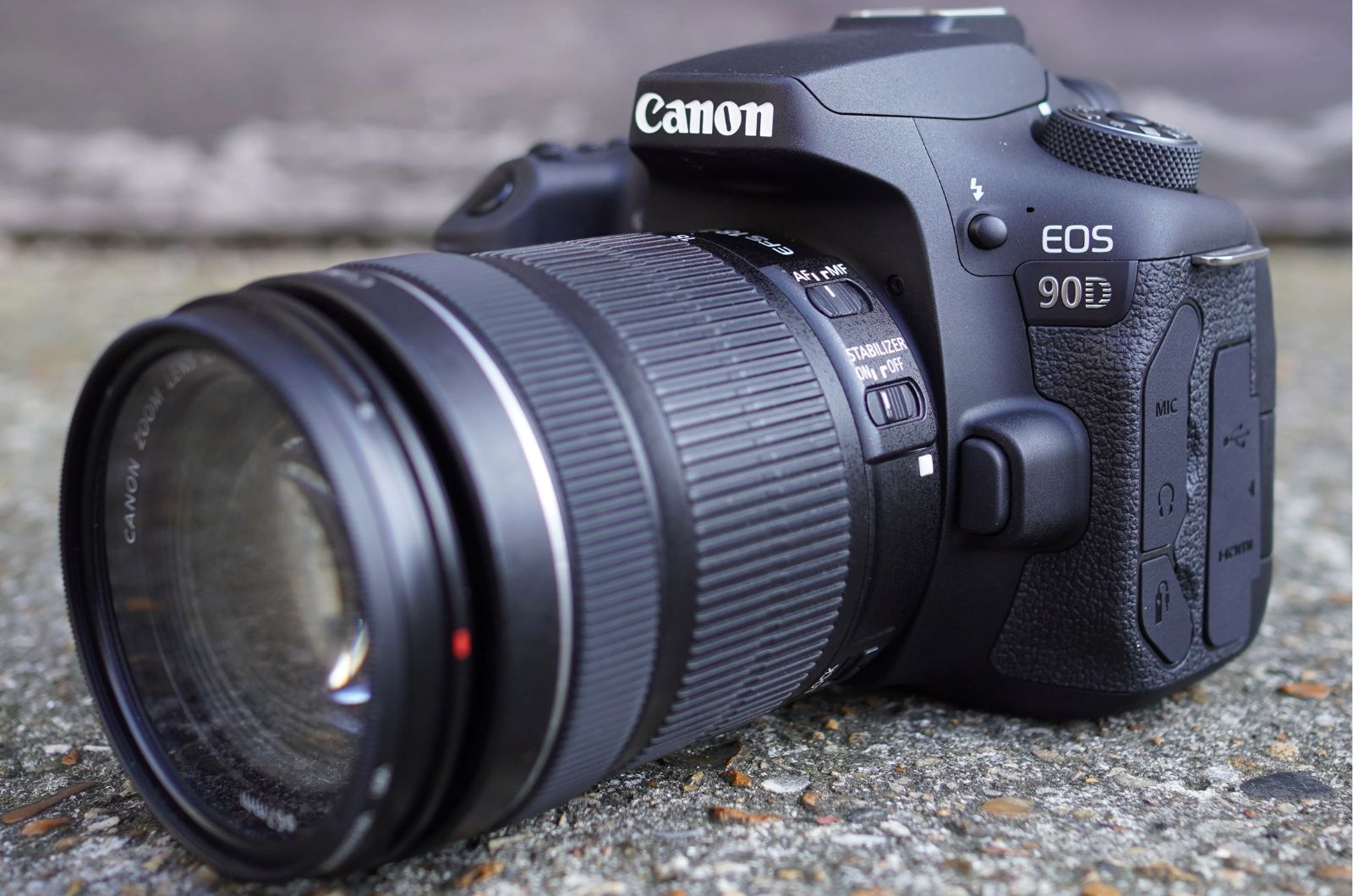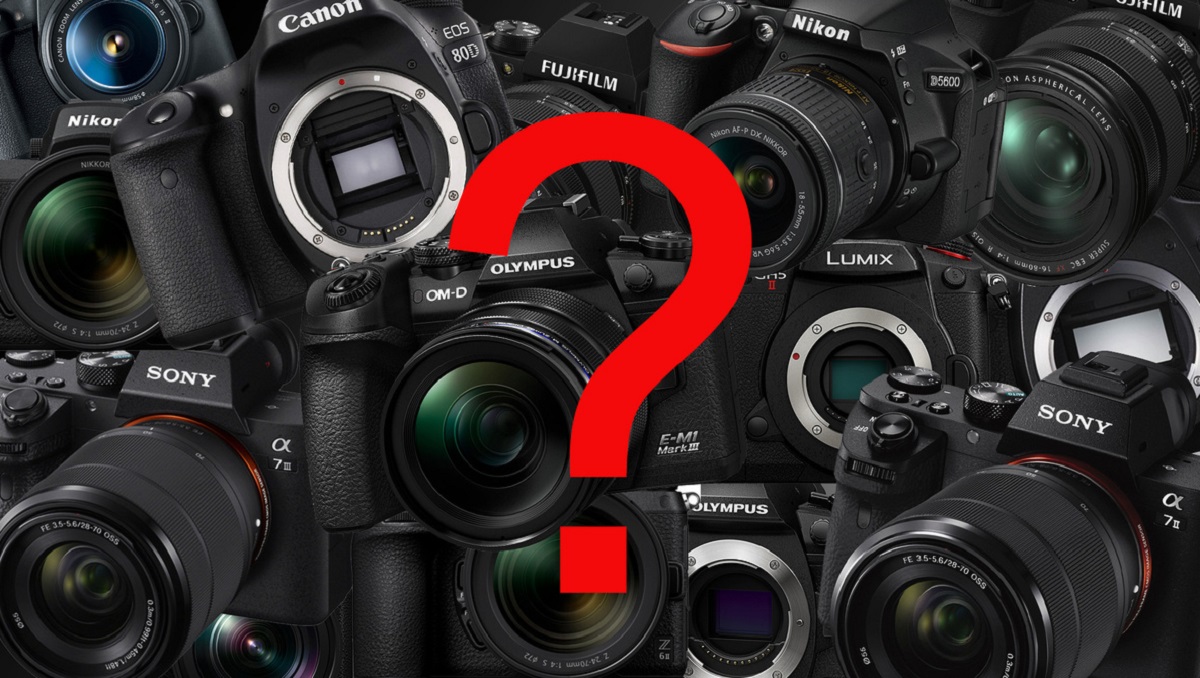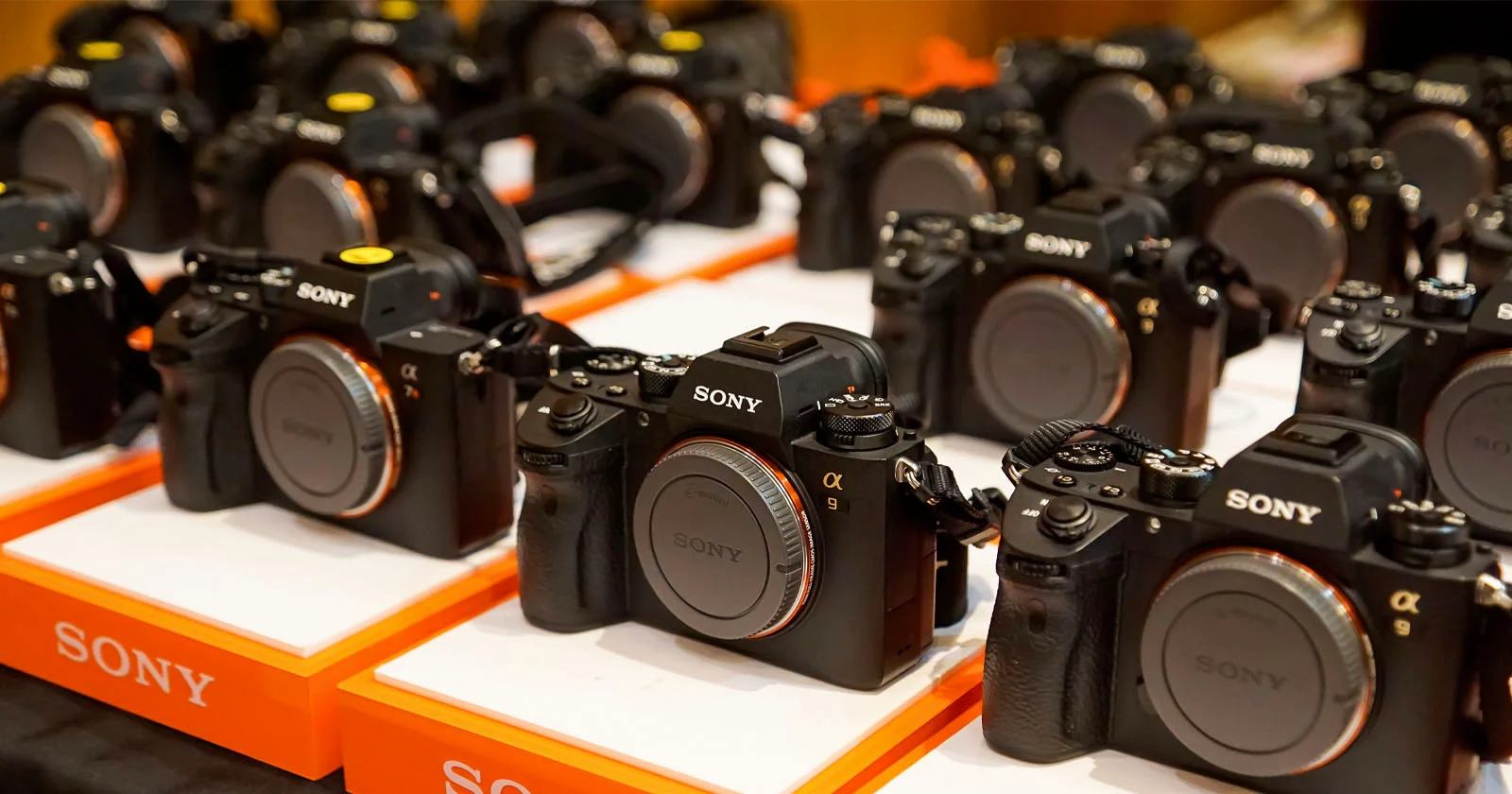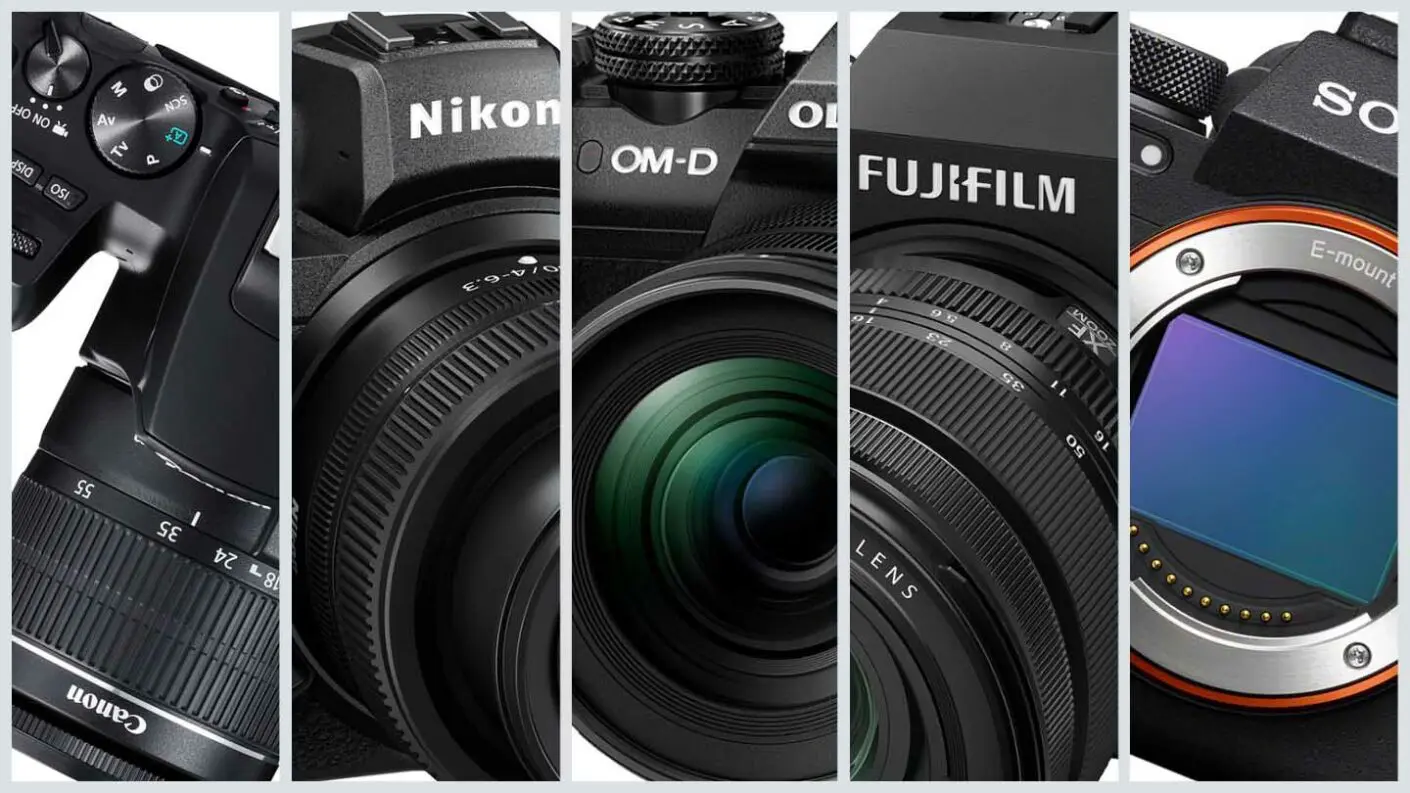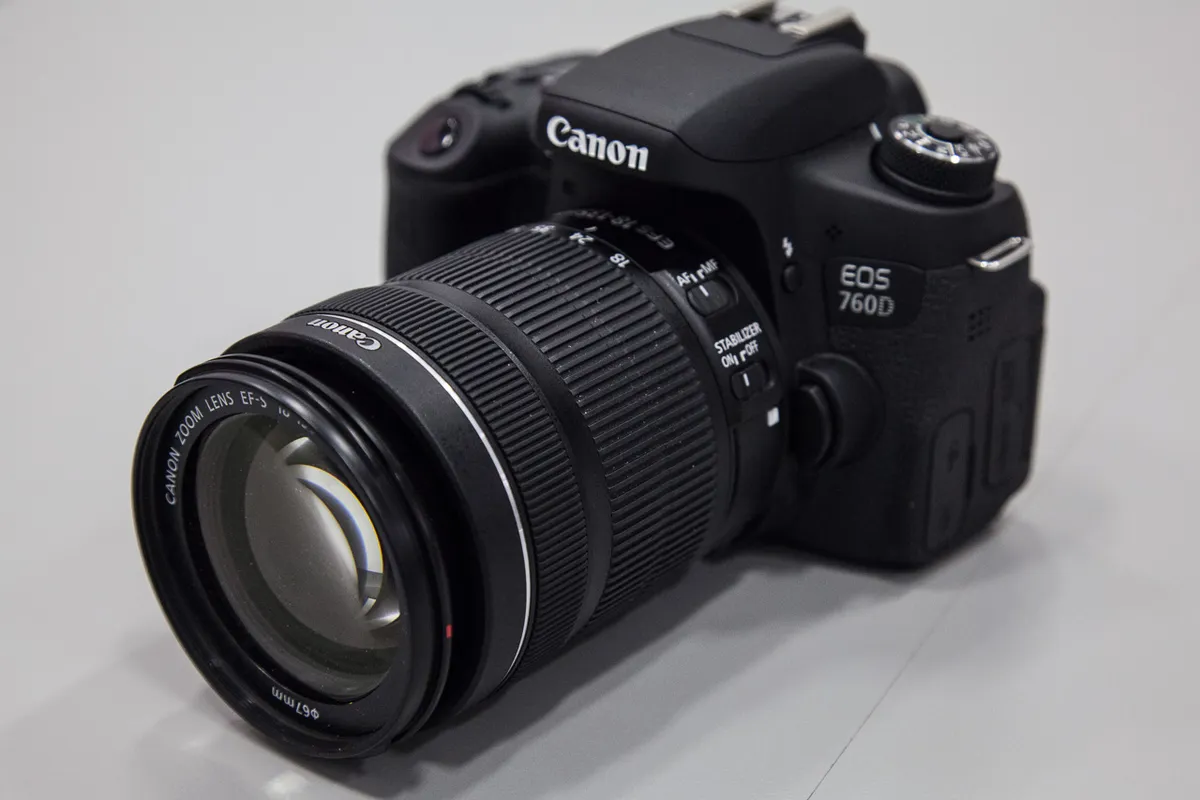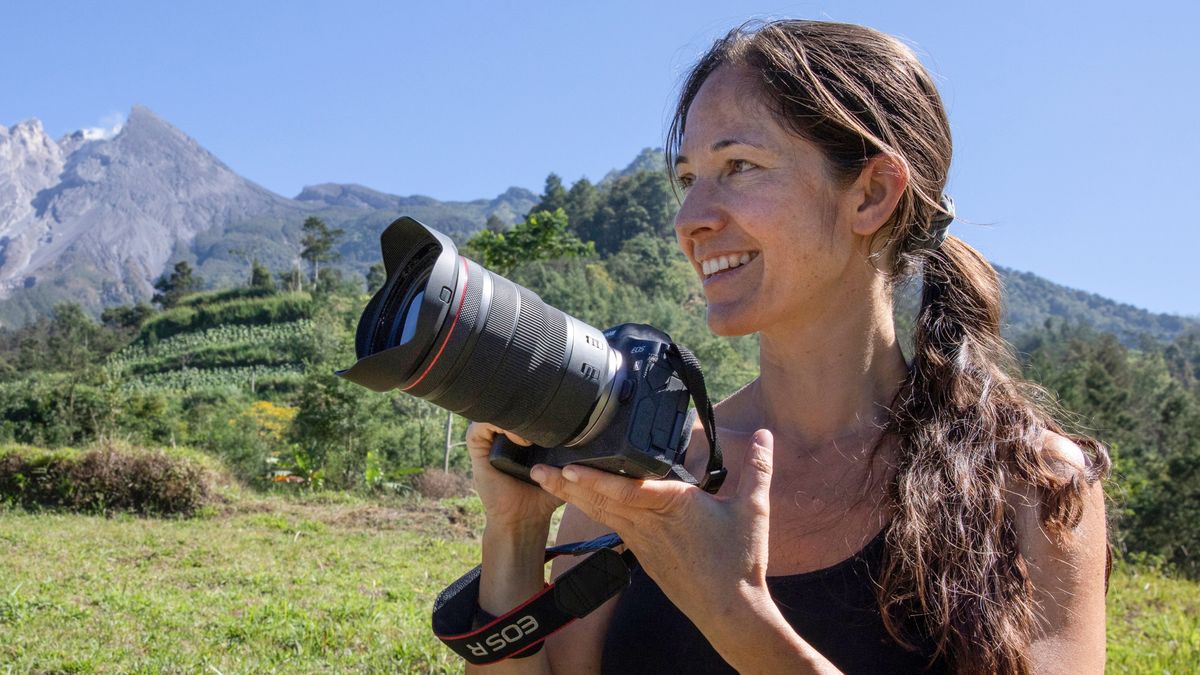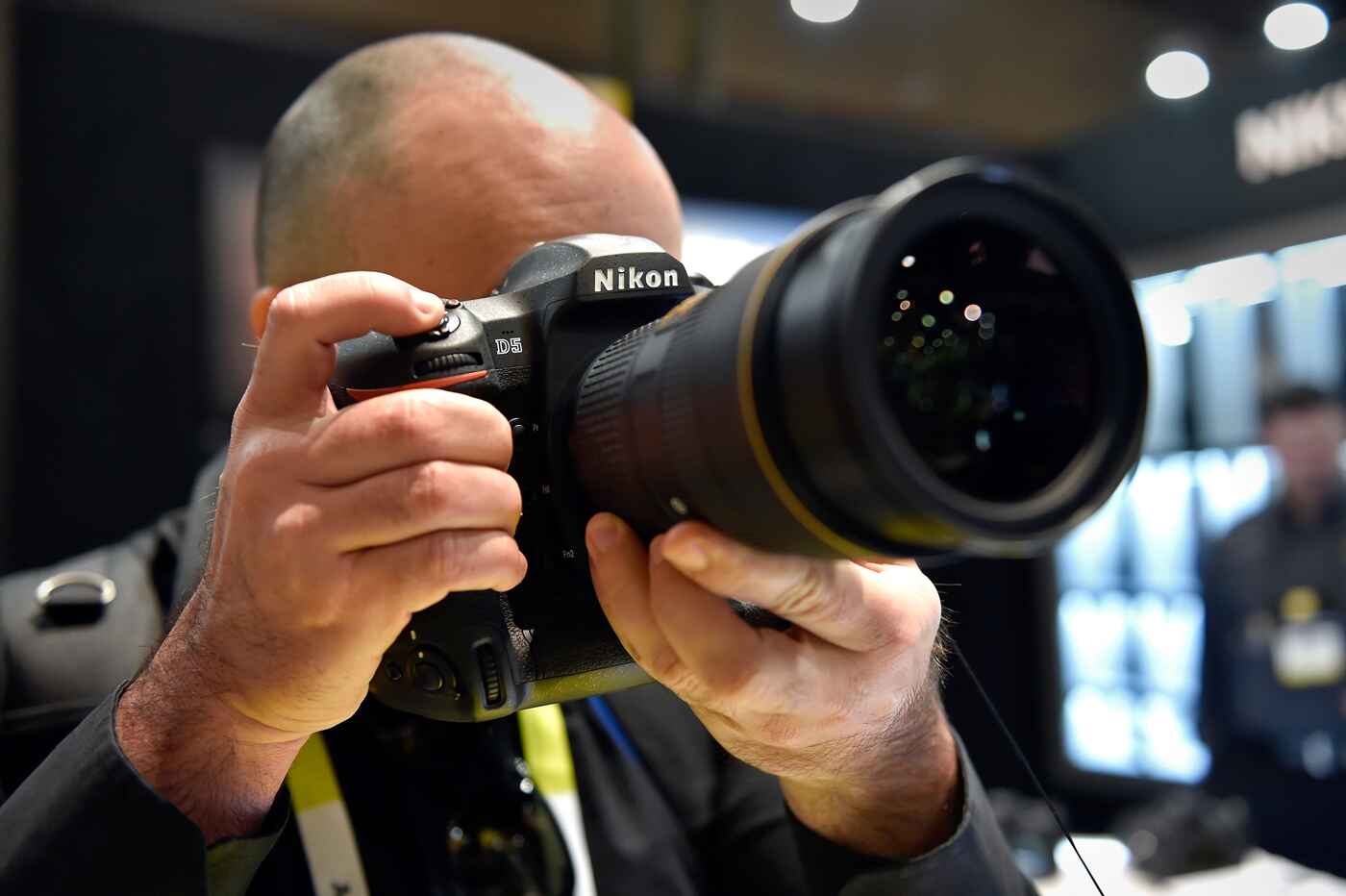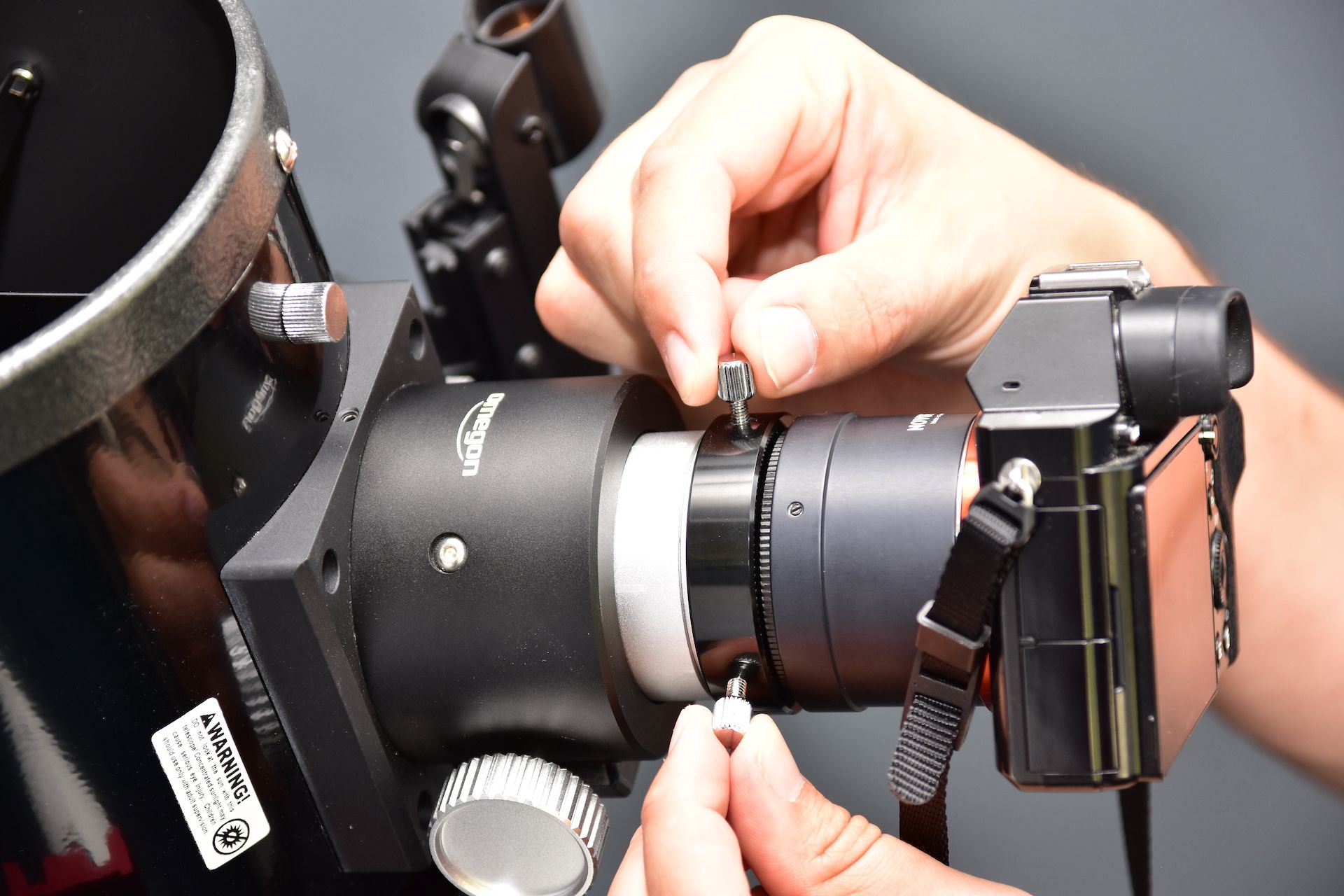Introduction
When it comes to photography, the frame size of a DSLR camera plays a pivotal role in capturing stunning images. Understanding the significance of frame size and its impact on the overall photographic experience is crucial for both amateur and professional photographers. This article delves into the concept of frame size in DSLR cameras, explores the factors influencing it, and sheds light on the largest frame size available for these cameras.
Frame size refers to the dimensions of the image sensor within a DSLR camera, dictating the field of view and the amount of visual information captured in each shot. As technology continues to advance, the debate over the ideal frame size for DSLR cameras remains ongoing. By comprehending the nuances of frame size, photographers can make informed decisions regarding their equipment, ultimately enhancing the quality of their photography.
Join us on a journey to uncover the intricacies of frame size in DSLR cameras, from its technical aspects to its practical implications. Whether you are an aspiring photographer eager to expand your knowledge or a seasoned professional seeking to optimize your gear, this exploration promises to provide valuable insights into the world of DSLR photography. Let's embark on this enlightening expedition, unraveling the mysteries of frame size and its significance in the realm of photography.
Understanding Frame Size in DSLR Cameras
Frame size in DSLR cameras refers to the physical dimensions of the image sensor, which directly impacts the composition and quality of the photographs captured. The sensor size determines the angle of view, depth of field, and the amount of light captured, making it a fundamental aspect of photography. Commonly denoted as full-frame, APS-C, or micro four-thirds, the frame size significantly influences the overall performance of a DSLR camera.
Full-frame sensors mimic the size of 35mm film, offering a broader field of view and superior low-light performance. This larger sensor size allows for greater detail and dynamic range, making it the preferred choice for professional photographers and enthusiasts seeking uncompromising image quality.
APS-C sensors, on the other hand, are smaller in size, resulting in a narrower field of view and a magnification effect on the lenses. While these sensors are commonly found in entry-level and mid-range DSLR cameras, they deliver impressive performance and portability, making them popular among a wide range of photographers.
Micro four-thirds sensors are even smaller, contributing to a more compact camera body and lens system. Despite their reduced size, these sensors offer exceptional image stabilization and are favored by photographers who prioritize mobility and versatility without sacrificing image quality.
Understanding the nuances of frame size is crucial for photographers as it directly impacts the visual storytelling potential of their images. Whether it’s capturing expansive landscapes with a full-frame sensor or achieving portability with a micro four-thirds system, the frame size serves as a cornerstone in the art of photography, influencing the creative decisions and technical capabilities of photographers worldwide.
Factors Affecting Frame Size
Several key factors contribute to the determination of frame size in DSLR cameras, each playing a crucial role in shaping the photographic experience and the final output of the images. Understanding these factors is essential for photographers seeking to optimize their equipment and achieve their desired visual outcomes.
- Sensor Technology: The advancement of sensor technology directly influences the size and performance of DSLR camera sensors. Innovations in sensor design and fabrication techniques have led to the development of smaller, more efficient sensors without compromising image quality.
- Camera Model and Brand: Different camera models and brands offer varying sensor sizes, providing photographers with a wide range of options to suit their specific needs and preferences. Whether it’s a full-frame Canon DSLR or a compact micro four-thirds Panasonic camera, the choice of camera brand and model significantly impacts the available frame size.
- Photographic Intent: The intended use of the photographs also plays a role in determining the ideal frame size for a DSLR camera. For professional photographers specializing in landscape or architectural photography, a larger frame size may be preferred to capture intricate details and expansive scenes. Conversely, street photographers or travel enthusiasts may prioritize portability and opt for smaller frame sizes without compromising image quality.
- Technological Constraints: Technological limitations and manufacturing capabilities influence the maximum achievable frame size in DSLR cameras. While advancements continue to push the boundaries of sensor design, practical constraints and cost considerations impact the implementation of larger sensors in consumer-grade cameras.
By considering these factors, photographers can make informed decisions regarding the frame size of their DSLR cameras, aligning their equipment with their creative vision and practical requirements. Whether it’s embracing the versatility of smaller sensors or harnessing the power of larger sensors, understanding the factors affecting frame size empowers photographers to elevate their craft and unlock new realms of visual storytelling.
The Largest Frame Size for DSLR Cameras
As technology continues to evolve, the largest frame size available for DSLR cameras has expanded, offering photographers unprecedented creative possibilities. Full-frame sensors, also known as 35mm sensors, represent the largest frame size commonly found in DSLR cameras. These sensors mirror the dimensions of traditional 35mm film, providing a generous field of view and exceptional image quality.
Full-frame DSLR cameras have gained popularity among professional photographers and enthusiasts due to their ability to capture intricate details, deliver impressive low-light performance, and offer a shallow depth of field for captivating portraits and artistic compositions. The larger sensor size allows for enhanced dynamic range and superior image clarity, empowering photographers to push the boundaries of their creativity.
While full-frame sensors represent the largest frame size for DSLR cameras, advancements in technology have led to the development of medium format sensors, surpassing the traditional dimensions of full-frame sensors. Medium format DSLR cameras cater to the needs of commercial and fine art photographers, offering an even larger frame size for unparalleled image resolution and clarity.
These larger frame sizes open up new avenues for visual storytelling and artistic expression, enabling photographers to capture breathtaking landscapes, intricate textures, and compelling details with unparalleled fidelity. The expansive sensor real estate provides a canvas for creativity, allowing photographers to immerse themselves in the nuances of their subjects and convey their narratives with unparalleled depth and precision.
While the largest frame size for DSLR cameras offers remarkable potential for image quality and creative expression, it is essential for photographers to consider the practical implications and technical requirements associated with these systems. From lens compatibility to storage and processing demands, embracing a larger frame size necessitates a holistic approach to gear selection and workflow optimization.
By understanding the capabilities and implications of the largest frame size for DSLR cameras, photographers can harness its potential to elevate their craft and redefine the boundaries of visual storytelling. Whether it’s capturing the grandeur of natural landscapes or delving into the intricacies of fine art photography, the largest frame size empowers photographers to translate their visions into breathtaking imagery with unparalleled clarity and impact.
Benefits of a Larger Frame Size
The adoption of a larger frame size in DSLR cameras offers an array of compelling benefits, revolutionizing the photographic experience and expanding the creative horizons of photographers. Understanding these advantages is essential for photographers seeking to harness the full potential of their equipment and achieve unparalleled image quality.
- Enhanced Image Quality: The larger sensor area of a DSLR camera with a larger frame size facilitates superior image quality, characterized by enhanced dynamic range, finer details, and reduced noise levels, especially in low-light conditions. This results in images with remarkable clarity and depth, elevating the visual impact of the captured scenes.
- Artistic Flexibility: A larger frame size empowers photographers to explore creative compositions and achieve a striking shallow depth of field, allowing for captivating portraits and evocative visual storytelling. The expansive sensor real estate provides a canvas for artistic expression, enabling photographers to capture scenes with unparalleled fidelity and emotional resonance.
- Improved Low-Light Performance: DSLR cameras with larger frame sizes excel in low-light conditions, capturing images with minimal noise and exceptional clarity. This is particularly advantageous for photographers working in challenging lighting environments, such as nightscapes, indoor settings, and artistic projects that demand precise control over light and shadow.
- Professional Applications: The exceptional image quality and detail captured by larger frame sizes make them indispensable tools for professional photographers engaged in commercial, fine art, and high-resolution imaging projects. From advertising campaigns to museum exhibitions, the superior fidelity and resolution offered by larger frame sizes elevate the visual impact of the final output.
- Uncompromising Detail: Whether capturing expansive landscapes, architectural marvels, or intricate textures, a larger frame size enables photographers to preserve intricate details and subtle nuances with exceptional clarity and precision. This level of detail enhances the immersive quality of the images, inviting viewers to explore the scene with a heightened sense of realism and engagement.
By embracing the benefits of a larger frame size in DSLR cameras, photographers can push the boundaries of their creativity, elevate the quality of their work, and unlock new realms of visual storytelling. Whether it’s capturing the essence of a fleeting moment or immortalizing the grandeur of natural landscapes, the advantages of a larger frame size empower photographers to transform their visions into captivating imagery with unparalleled impact and resonance.
Limitations of a Larger Frame Size
While the adoption of a larger frame size in DSLR cameras offers numerous advantages, it is important for photographers to consider the accompanying limitations that may impact their workflow, equipment selection, and creative approach. Understanding these constraints is crucial for making informed decisions and optimizing the photographic process.
- Increased Equipment Size and Weight: DSLR cameras with larger frame sizes often entail bulkier bodies and lenses, leading to a heavier and more cumbersome setup. This can pose challenges for photographers who prioritize mobility and flexibility, particularly in dynamic shooting environments or during extended periods of photography.
- Higher Cost of Equipment: The advanced technology and precision engineering required for larger frame sizes often result in higher equipment costs. From the camera body to compatible lenses and accessories, embracing a larger frame size may necessitate a significant investment, especially for professional-grade systems.
- Greater Processing and Storage Demands: The larger file sizes generated by DSLR cameras with larger frame sizes require robust processing power and ample storage capacity. Photographers must ensure that their computing resources and storage solutions can efficiently handle the increased demands to maintain a seamless workflow.
- Limited Lens Compatibility: Some DSLR systems with larger frame sizes may have a narrower selection of compatible lenses, especially in specialized or niche categories. This can restrict the creative options available to photographers, particularly when seeking specific focal lengths or optical characteristics.
- Challenging Depth of Field Management: While a larger frame size enables striking shallow depth of field effects, it also demands precise control and consideration of the depth of field in various shooting scenarios. Managing the depth of field becomes a critical aspect of composition and visual storytelling, requiring meticulous attention to achieve the desired creative outcomes.
By acknowledging the limitations of a larger frame size in DSLR cameras, photographers can proactively address these considerations and adapt their approach to maximize the benefits while mitigating potential challenges. Whether it’s optimizing their gear selection, streamlining their workflow, or refining their creative techniques, a comprehensive understanding of the limitations empowers photographers to navigate the complexities of larger frame sizes and achieve exceptional results.
Conclusion
Exploring the intricacies of frame size in DSLR cameras unveils a world of possibilities and considerations for photographers. From the largest frame sizes to the associated benefits and limitations, this journey through the realm of sensor dimensions provides valuable insights into the art and science of photography.
By understanding the impact of frame size on image quality, artistic flexibility, and professional applications, photographers can make informed decisions regarding their equipment, empowering them to capture breathtaking imagery with unparalleled clarity and impact. Whether it’s the immersive storytelling potential of larger frame sizes or the portability and versatility offered by smaller sensors, each choice presents unique opportunities for visual expression and creative exploration.
As technology continues to advance and the boundaries of sensor design are pushed further, photographers are presented with an evolving landscape of possibilities, enabling them to redefine the boundaries of visual storytelling and push the limits of their creativity. Embracing the benefits of larger frame sizes while navigating their limitations equips photographers with the knowledge and adaptability needed to excel in diverse photographic scenarios.
Ultimately, the journey through frame size in DSLR cameras is a testament to the artistry and technical precision inherent in the craft of photography. It invites photographers to embrace innovation, challenge conventions, and craft compelling visual narratives that resonate with audiences on a profound and emotive level. By harnessing the power of frame size, photographers embark on a perpetual quest to capture the essence of the world around them, translating moments and landscapes into timeless works of art.







